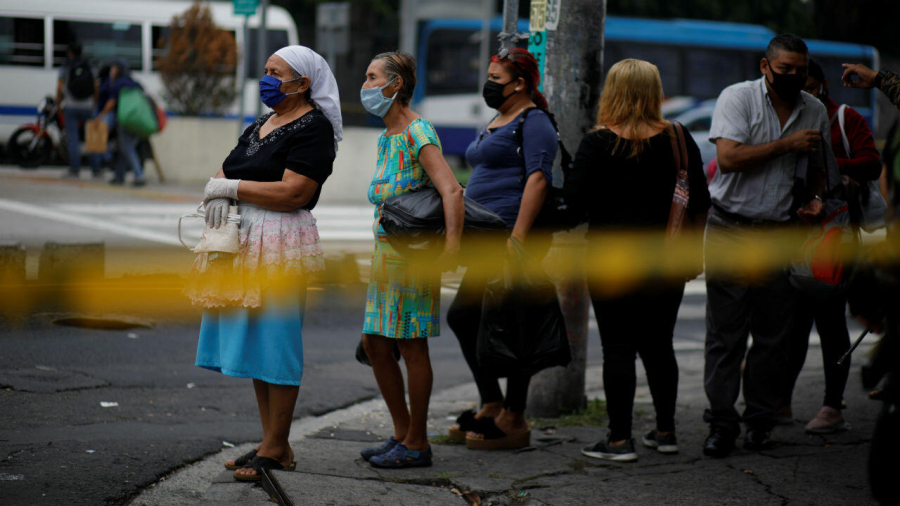This vulnerability is predominantly rural: nearly 4 in 10 people in rural areas live in households prone to poverty, but this is true for only 1 in 8 people in urban areas.
Between 1970 and 2019, the number of disasters increased fivefold, and the poor were the most affected. Since 1997, the number of conflicts recorded worldwide increased to the point that by 2022 a quarter of humanity was living in conflict-affected areas.
Projections indicate that by 2030 up to two-thirds of the world's extremely poor people will be living in fragile and conflict-affected situations.
The vulnerabilities that this implies are multiple: deaths, displacement, destruction of homes, loss of jobs and others.
These global problems are particularly relevant for El Salvador, one of the most at-risk countries in the world.
In this study, vulnerability is measured by the probability of falling into poverty.
The method allows us to understand the sources of vulnerability by further distinguishing between risk-induced and poverty-induced.
Risks, in turn, can also be linked to "idiosyncratic" or "covariate" shocks. The former affect individual households (e.g., due to the death of a household member) and the latter refer to shocks that affect entire communities.
In El Salvador, risk-induced vulnerability played a larger role in overall vulnerability, and shocks at the household level are more common than shocks at the municipal level, especially in urban areas.
The ratio of hazard-induced vulnerability to poverty-induced vulnerability is almost twice as high at the national level but increases to almost three times in urban areas. These results suggest that vulnerability is driven primarily by hazards rather than by poor access to assets and low human capital.
Policy implications for El Salvador
This prevalence of risk-induced vulnerability has sensitive policy implications. It calls for prioritizing policies that strengthen social assistance and cash transfer programs that are flexible to adapt to shocks, such as crisis-responsive social protection systems.
When vulnerability is primarily risk-induced, as in the case of El Salvador, social insurance mechanisms and a focus on risk reduction strategies are more appropriate. In addition, authorities should promote access to financial services, such as savings and credit.
Addressing vulnerability also requires efficient inter-institutional coordination and strong partnerships between different types of institutions, public, private and the multilateral community.
Translated by: A.M
 English
English  Español
Español 
